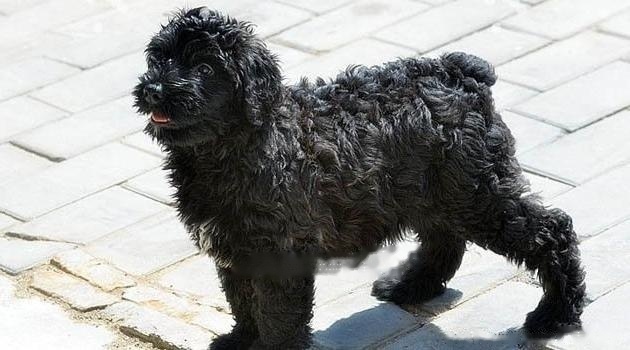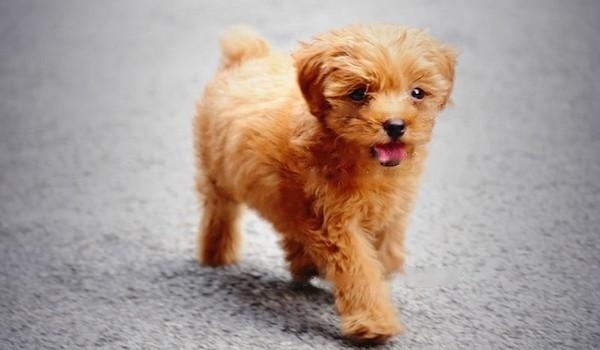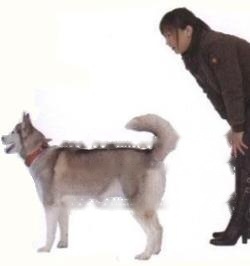The Flemish Cattle Dog is one of the most outstanding cattle dogs in Western Europe. It originated in Belgium and originated in the 17th century. Now the main use is to be used as guide dog, guard dog, search dog. The Flemish Cattle Dog has coarse, poorly textured hair all over its body and is native to the border areas of France and Belgium. Before the 19th century, there were many breeds similar to sheepdog on the Belgian border. Dog fans cultivated these dog breeds and improved 4 basic dogs with different colors. . Before the 20th century, the Belgian Shepherd was widely used around Belgium. The Flemish Cattle Dog was officially recognized in 1912.

1. Characteristics of Flemish Cattle Dogs
(1) Shape characteristics
Body Size - Adult Flemish Cattle Dogs are 58cm-69cm in height at the shoulder and 27kg-40kg in weight. The Flemish Cattle Dog is a powerful, compact, short-boned, rough-coated dog with a very pronounced rough coat, which is its main appearance feature. The Flemish Cattle Dog has the impression of being very powerful, but without any heaviness or clumsiness in its overall structure.
Head - The Flemish Cattle Dog's head has the right proportions, especially the whiskers and mustache, in good proportion to the body structure. The Flemish Cattle Dog has a bold yet alert expression, with ears set high and wide. The inner and outer corners of the eyes are in the same line, and the eyes are oval, dark brown, with black rims. The nostrils are open, the cheeks are flat and sloping, the mouth is dry, and the fit is tight. The jaws are of equal length and strength, and the jaws are broad and strong.
Trunk - The first rib of the Flemish Cattle Dog is slightly curved, well spread and sloping back to give the chest a proper depth. Fore and hind paws are round and compact, neither turning outward nor inward. The Flemish Cattle Dog has close toes, well arched, black and strong. The pads are thick and hard, the limbs are strong, broad and short, and the chest is broad and deep to the elbows. Ribs deep and well-spread. The topline is smooth, with plenty of cat mass, and the overall effect of the body is sturdy and powerful. The tail is set in a medium position, neither very high nor low.
Coat - The Flemish Cattle Dog has a rough, messy back with two coats. The inner layer of hair is fine, soft and thick. There may be a slight trim to accentuate the silhouette of the body. The upper back coat feels rough and dry to the touch, and the hair is messy but not frizzy. The hair on the head is short, and the upper part of the back is particularly tight but still maintains that rough feel. The hair on the ears is rough and the undercoat is fine and dense. The coat color is mainly camel to black, salt and pepper, gray, tabby and so on.
(2)Characteristics
The Flemish Cattle Dog is very alert and agile, but also very brave. The character shows a calm state of mind and good behavior. Stable character is the first important reason why cattle herders choose it, firm willpower and courageous character, so that this dog can have a good performance at work. A vigilant attitude, a brave personality, and a gentle disposition are the rare qualities of the Flemish Cattle Dog.
2. How to raise Flemish Cattle Dogs
As a large cattle breed, Flemish Cattle Dogs are obviously not suitable for urban breeding. Flemish cattle dogs and sheepdogs are raised in the same way, with a little cooked meat and some digestible coarse grains. In Belgium at that time, Flemish cattle dogs were fed in the wild when they were working, and this kind of dog was very adaptable. It takes a certain amount of time every day to exercise outdoors to meet the exercise needs of dogs and help with digestion.
![[Dog Training 5] The training method of pet dog dining etiquette](/static/img/12192/12192_1.jpg)




